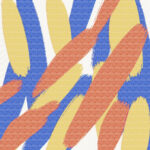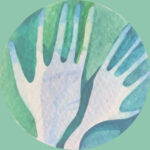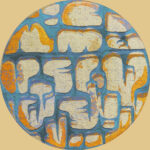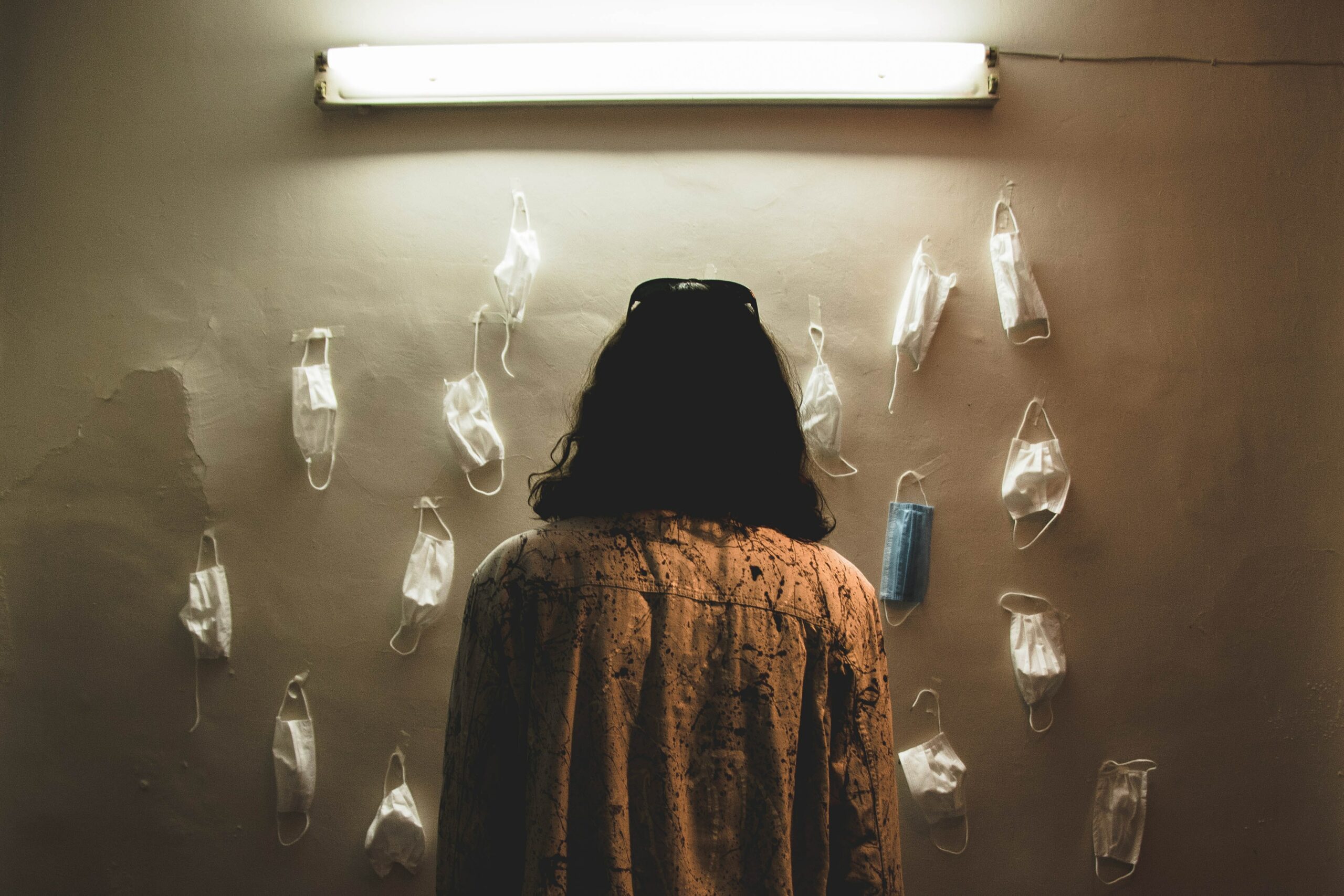Visualizing
the Virus
In Search of Community and Pedagogy
Compiling a Crip COVID-19 Syllabus
In the spring of 2021, a full year into Zoom University, I was feeling the strain of having to explain to colleagues and faculty around me that they needed to think about and provide various modes of access to peers and students that were obvious and necessary amidst a global pandemic. At the same time, I was feeling optimistic about my Gender and Sexuality Studies classroom and our collective learning about the longer genealogies of race, medicine, and welfare that had led to the moment we were witnessing. I was trying to find ways to remind myself that, despite the absence of a significant crip community in my workspace, I was part of a broader set of experiences, and that these experiences were central to my political and pedagogical aims. What emerged from this was the #CripCOVID19Syllabus, which became a way for me to navigate my own isolation, provide resources to students who might be feeling similarly, and to share with them the centrality of crip experience, experimentation, and representation to pandemic life.
As a way to find community from a distance, compiling information on crip, mad, ill, fat, and disabled thinking about the pandemic was both reassuring and challenging. I felt seen and heard in other people’s words and images in ways that were missing in my immediate surroundings. For instance, the Creaky Joints Twitter chat on racial justice protests and accessibility spoke to my own tension between anger and precarity that summer. Oaklee Thiele’s My Dearest Friends Project on Instagram and the zine Three Ways of Unpeeling Time put together by Kim Fernandes, Riddhi Dastidar, Janani Vaidya, Sonaksha Iyengar, and Shazia Salam offered solace by making relevant and personal conceptualizations I encountered largely in academic texts. The process of crowdsourcing for the syllabus itself introduced me to a wide network on Disability Twitter that was in constant conversation about crip pandemic life and led me to connect with wonderful people like Áine Kelly-Costello to discuss long-COVID and our changing relationships to disability.
Simultaneously, I was reminded of and introduced to epistemologies and methodologies I had not previously centered. Finn Gardiner, Kitty Striker, and Claudia Cortese’s articles on the linkages between fatphobia, triage, eugenics, and Social Darwinism drove home the extent to which fatness can feel disabling and the complicated feelings this generates in conversations about vaccine access. Salonee Bhaman, Rachel Kuo, Matilda Sabal, Vivian Shaw, and Tiffany Diane Tso put together a beautiful booklet called Asian American Feminist Antibodies {care in the time of coronavirus} which provided materials like mutual aid anti-racist donation lists, a note to neighbors, and community care worksheets that I printed and used in my immediate network when I did not have the words to explain what I needed and what I had to give. Melissa Kapadia’s conceptualization of “illness methodology” and Aimi Hamraie’s Accessible Teaching document shaped my own research and pedagogical practices during the pandemic, holding me accountable in tangible ways to the values I was professing.
As a pedagogical exercise, the syllabus allowed me to fill in gaps during the limited discussions of disability we were having in the classroom, pushing the point that disability is an expansive and complex category and that ableism is an ever-present axis of power. When I first taught with it last spring, I encouraged my students to choose four pieces from one or multiple thematic sections of the syllabus, mixing media so as to make sure they engaged with spoken and visual communications. Ideally, they had read two articles, listened to one podcast (or watched one video), and looked through one social media post on a platform of their choosing. Once in class, they presented what they had engaged with to the rest of the group. This system worked well, and we had a robust conversation about access needs in cross-disability spaces, the longer colonial history of eugenics and ableism, problems with disability identity as a framework, and intersectional logics of power as essential to crip analysis. Their lecture reading for the week included selections from Alison Kafer’s Feminist, Queer, Crip, and we were able to draw connections between her political-relational model and its applications to the pandemic where disability is ever-present even as disabled people are rendered disposable. While this assignment was useful for the aims I had set out to accomplish, I created this syllabus for educators to use as they please, whether as an archive from which to source specific pieces for a course or to enable small-group modes of learning. I am sure there are many other pedagogical uses and would be curious to learn from those as well. If you encounter this and would like to email me with pedagogy ideas, I would be thrilled to hear from you!
The #CripCOVID19Syllabus is only one of many archives centering disability experience and representation that folks have worked so hard on this past year. Daisy Holder is in the midst of collection work for her Covid Disability Archive, which promises to have so much texture and nuance for quotidian disabled life. Alice Wong’s Disability Visibility Project, from where I started compiling this syllabus, is a treasure trove of fierce, critical, prescient writing and thinking on disability, COVID, and activism. NYU’s Center for Disability Studies has a well-organized and well-resourced collection being put together by faculty and graduate students, which itself links to a variety of other archives. One place to find information on all these various collections is Aimi Hamraie’s Twitter thread on COVID-related disability compilations.
As such, this syllabus aims to be one of many documents which provide lasting testament to the myriad forms of crip, disabled, mad, fat, and ill worldmaking in the face of situational and systemic crises. It is clear that such witnessing is essential, not only for our communities, but also for those that stand in solidarity with us, care for us, and learn from us. If you encounter or use this compilation for any reason, I hope it provides a sense of collectivity and helps in educating those around you about disabled survivance,* resistance, and liberation.
You can find the #CripCOVID19Syllabus here.
* I borrow my concept of “survivance” from Indigenous Studies scholar Gerald Vizenor who stresses the continued and active presence of colonized subjects in the face of colonialism and disposability.
Acknowledgement: This article first appeared in the Fall 2021 issue of Disability History Association News.








